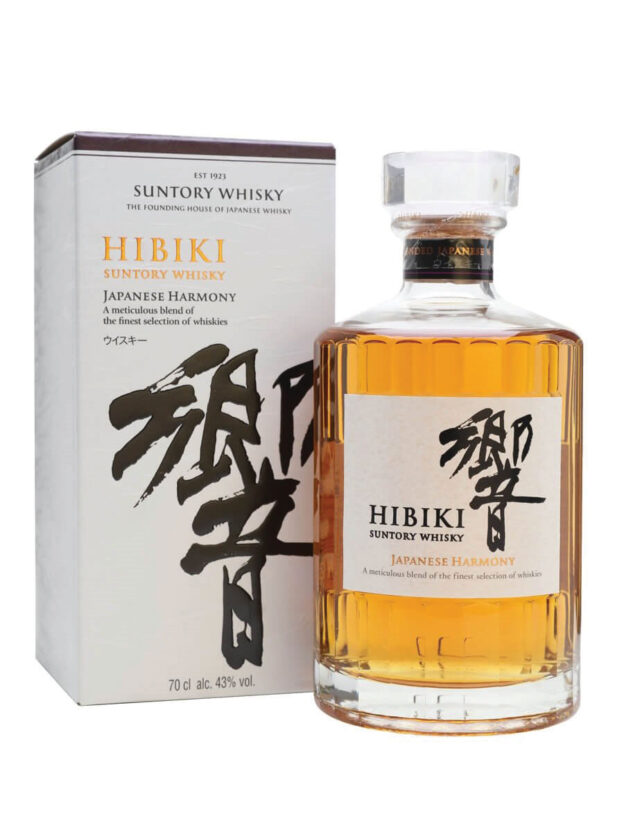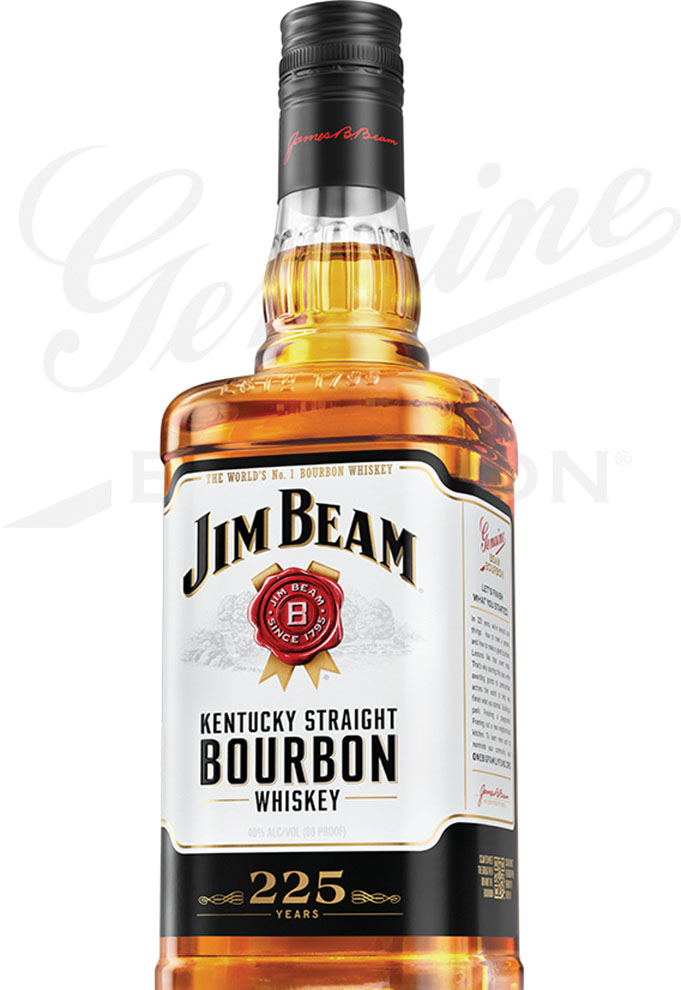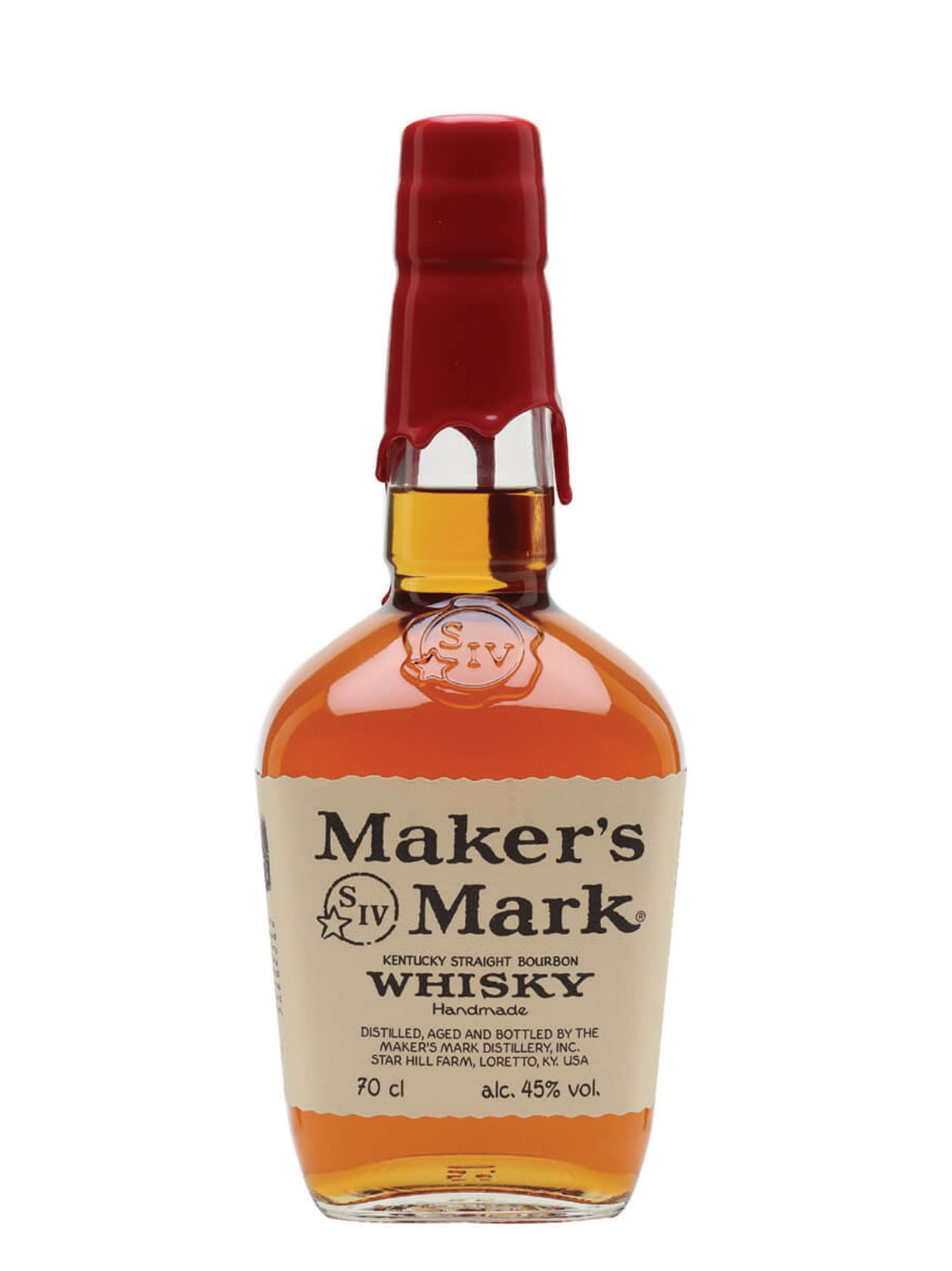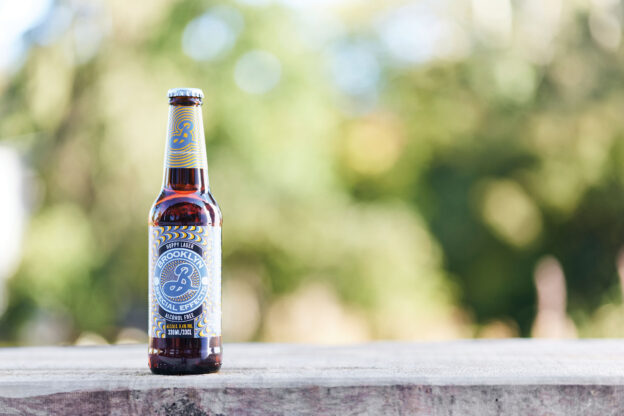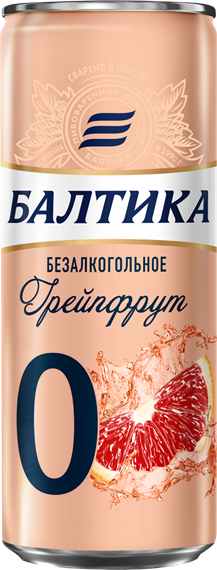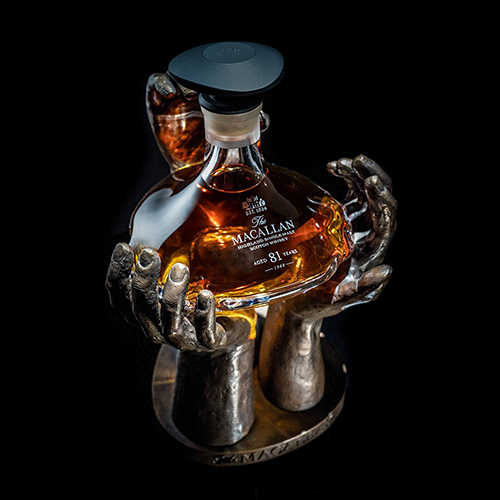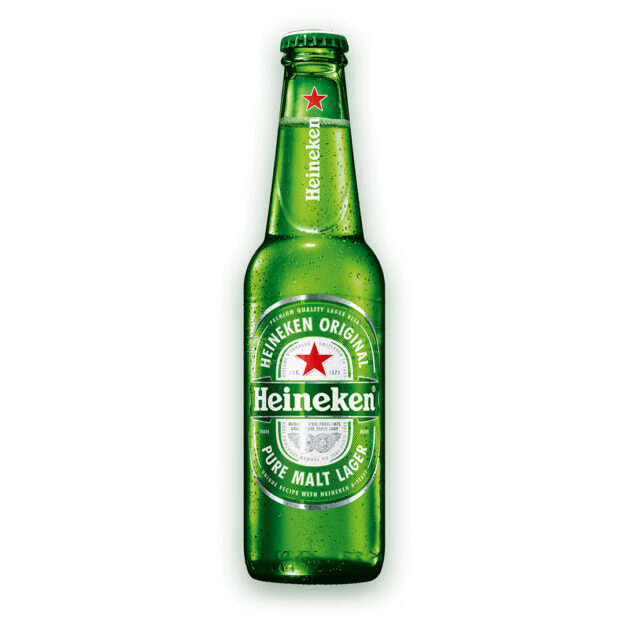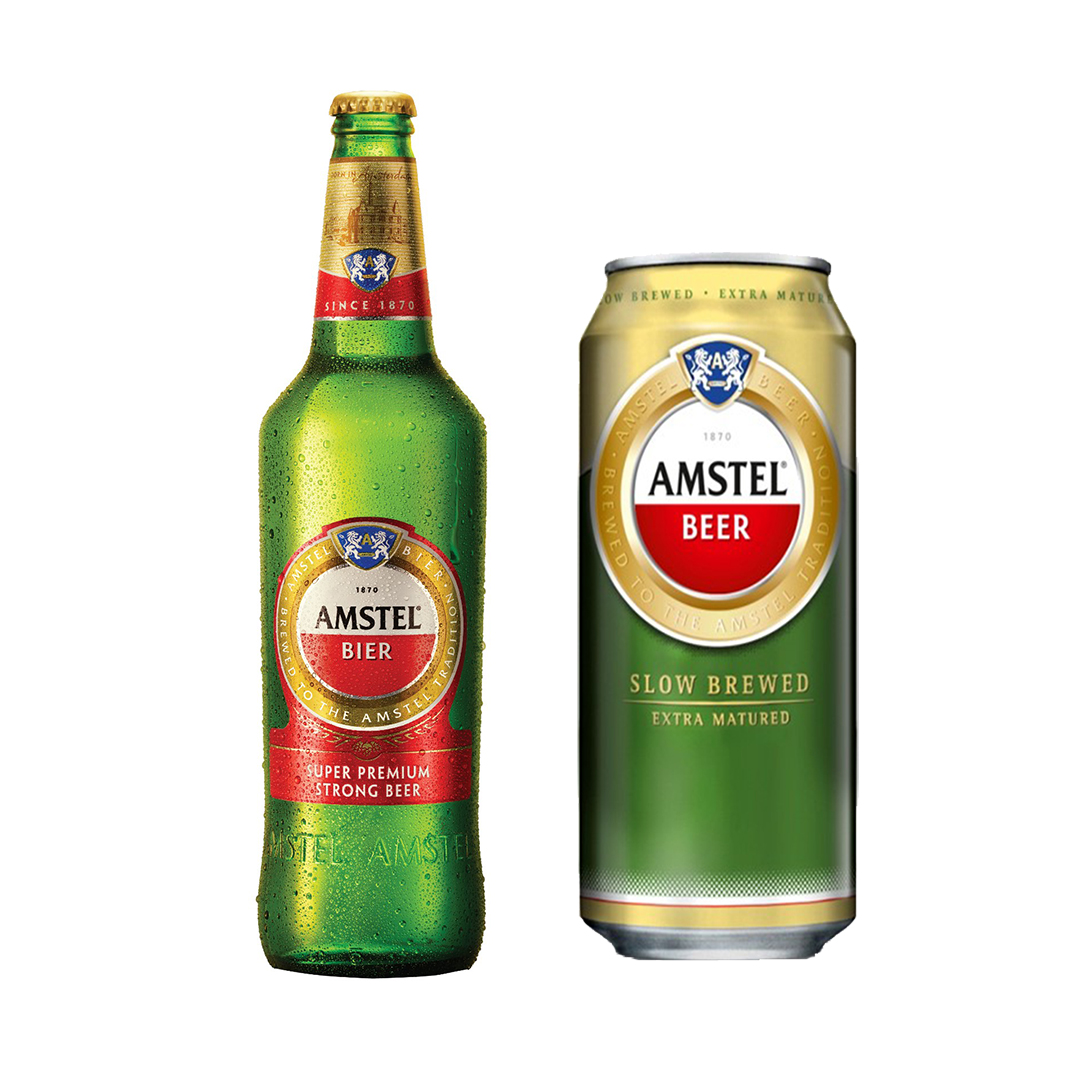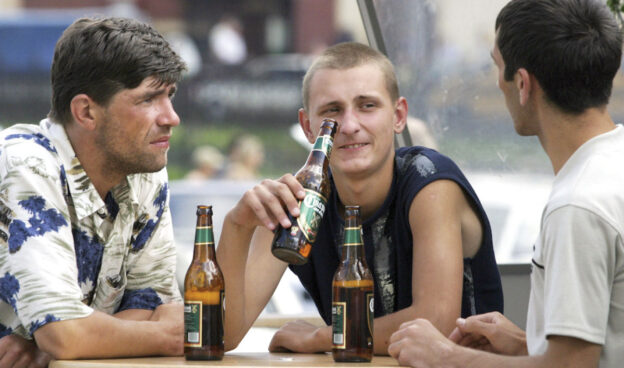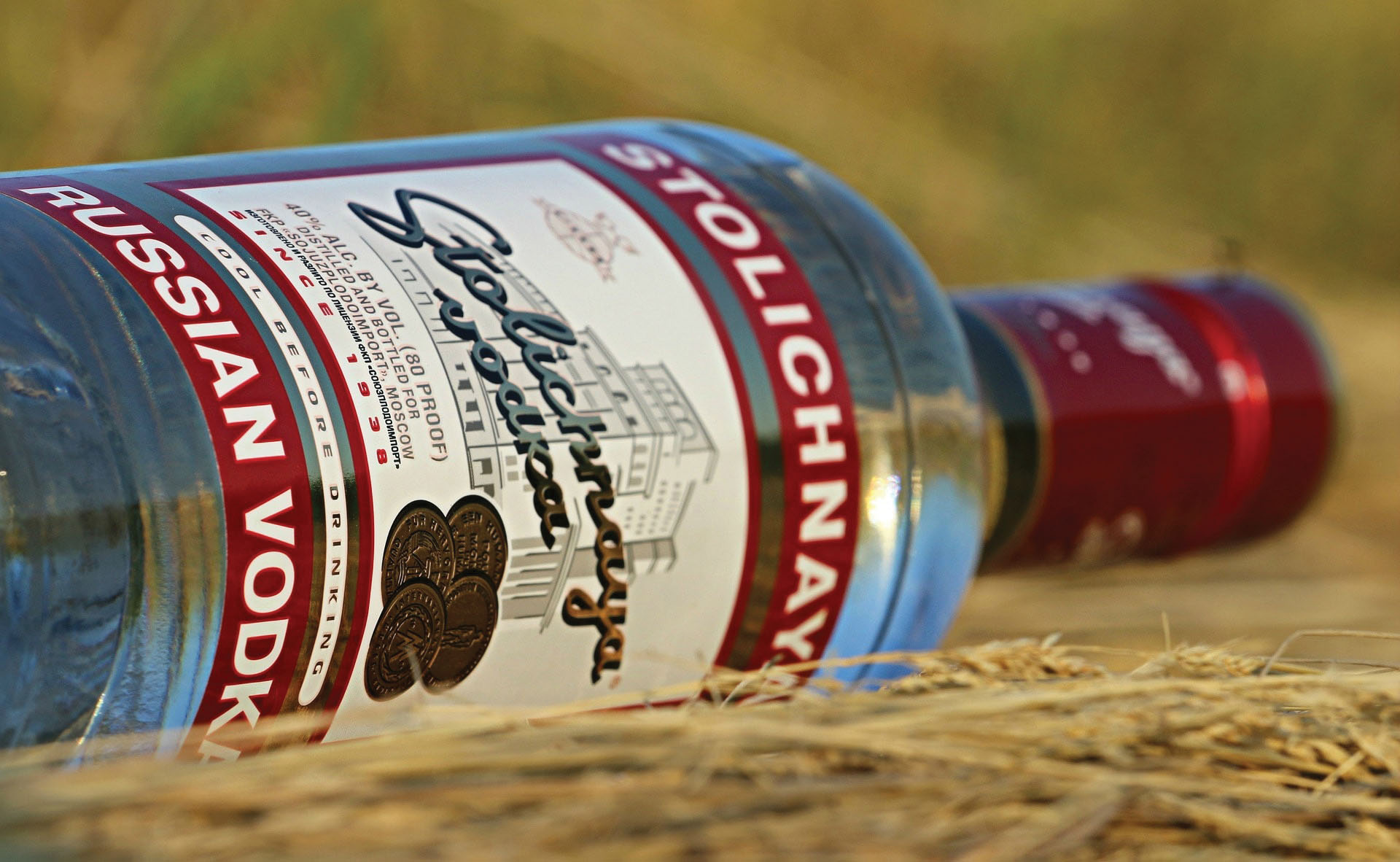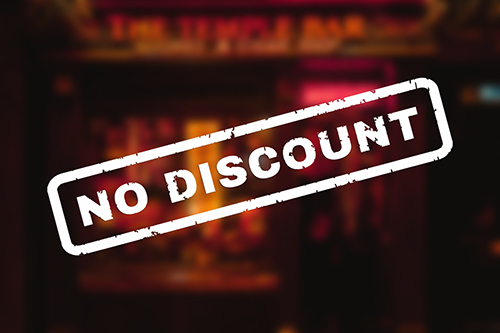Global exports of Scotch Whisky grew to £4.51bn during 2021, according to figures released recently by the Scotch Whisky Association (SWA), as the industry continues to recover from the impact of the Covid-19 pandemic and US tariffs.
In 2021, the value of Scotch Whisky exports was up 19% by value, to £4.51bn. The number of 70cl bottles exported also grew by 21% to the equivalent of 1.38bn.
Growth in 2021 was driven in particular by consumers in Asia Pacific and Latin America, with value increases of 21% and 71% respectively. Key emerging markets for Scotch Whisky – like India, Brazil, and China – grew strongly. Exports grew by 8% in the United States – the industry largest market by value – despite the first quarter of 2021 impacted by the 25% tariff on Single Malt Scotch Whisky. Exports to the European Union grew by 8% in the first year since the UK left the transition period.
Despite the return to growth in 2021, the value of Scotch Whisky exports has not recovered to pre-pandemic levels, with exports remaining 8% lower than 2019.
Commenting on the figures, Chief Executive of the Scotch Whisky Association Mark Kent said, “The global footprint of the industry in 2021 is a clear sign that the Scotch Whisky industry is on the road to recovery.
“Value and volume are both up as consumers return to bars and restaurants, people return to travel and tourism, and we all return to a degree of normality after a period of enormous uncertainty for consumers and business.
“Scotch Whisky growth in global markets means more jobs and investment across Scotland and the UK supply chain. The industry has continued to invest in its production sites, tourist attractions and workforce to ensure that Scotch Whisky remains at the heart of a dynamic international spirits market and attracts new consumers around the world.
“But this this is no time for complacency. The industry continues to face global challenges, including ongoing trade disruption, growing supply chain costs and inflationary pressures, and undoubtedly there is some road to run before exports return to pre-pandemic levels.
“The UK and Scottish governments should do all they can to support the industry’s continued recovery by making the most of global opportunities, including the ongoing UK-India trade talks, ensuring fairness in the UK duty system, and investing in a more sustainable future as the industry works to reach net-zero by 2040.”
Summary
Export value of Scotch Whisky in 2021 was £4.51bn, up £705m compared with 2020, but down £403m compared to 2019.
Export volume of Scotch Whisky in 2021 was 1.38bn 70cl bottles (equivalent), up 238m 70cl bottles compared with 2020 and up 73m compared to 2019.
On average, 44 bottles of Scotch Whisky are exported every second (up from 36 bottles per second in 2020).
Top 10 Markets
The largest export destinations for Scotch Whisky (defined by value) in 2021 were:
| USA: | £ 790m | 8.4% (£729m in 2020) |
| France: | £ 387m | 2.8% (£376m in 2020) |
| Taiwan: | £226m | 24.3% (£182m in 2020) |
| Singapore: | £212m | -14.3% (£247m in 2020) |
| China: | £198m | 84.9% (£107m in 2020) |
| Latvia: | £156m | -11.8% (£176m in 2020) |
| Germany: | £148m | 6.4% (£139m in 2020) |
| India: | £146m | 42.9% (£102m in 2020) |
| Japan: | £133m | 16.2% (£114m in 2020) |
| Spain: | £118m | 7.9% (£109m in 2020) |
The largest export destinations for Scotch Whisky (defined by volume, 70cl bottles equivalent) in 2021 were:
| France: | 176m bottles | -0.1% (176m bottles in 2020) |
| India: | 136m bottles | 44.3% (95m bottles in 2020) |
| United States: | 126m bottles | 12.6% (112 m bottles in 2020) |
| Brazil: | 82m bottles | 80.5% (45 m bottles in 2020) |
| Japan: | 56m bottles | 25.9% (45 m bottles in 2020) |
| Spain: | 48m bottles | 32.0% (36 m bottles in 2020) |
| Mexico: | 48m bottles | 13.0% (42 m bottles in 2020) |
| Germany: | 46m bottles | 7.2% (43 m bottles in 2020) |
| Poland: | 45m bottles | 19.4% (37 m bottles in 2020) |
| Russia: | 42m bottles | 40.7% (30 m bottles in 2020) |
Regional data
In 2021, Scotch Whisky exports by global region (defined by value) were (% change vs 2020):
| European Union: | £1360m | 8.2% (30% of global exports) |
| Asia Pacific: | £1210m | 21.4% (27% of global exports) |
| North America: | £1000m | 11.2% (22% of global exports) |
| Central and South America: | £443m | 70.7% (10% of global exports) |
| Middle East and N Africa: | £187m | 55.0% (4% of global exports) |
| Africa: | £157m | 14.6% (3% of global exports) |
| Western Europe (ex.EU): | £98m | 6.0% (2% of global exports) |
| Eastern Europe (ex.EU): | £47m | 33.8% (1% of global exports) |





